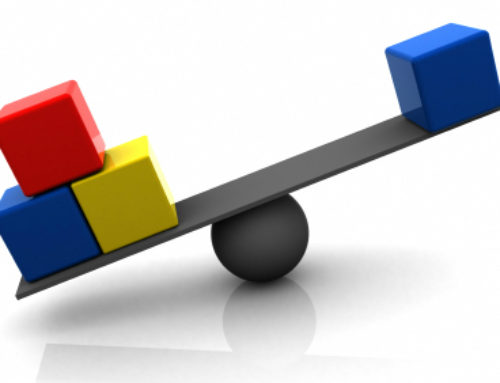How effectively does your business operate? Are some areas of your business pulling in different directions? The ‘McKinsey 7S Framework’ can help you to create an effective business.
In the late 1970s Thomas Peters and Robert Waterman at the Consulting firm McKinsey & Company developed what became known as the ‘McKinsey 7S Framework’. The model was created to:
- Diagnose how organizations operate.
- Advise people on what particular elements of their organization they should change.
- Advise how any changes made should be aligned with one another.
The McKinsey 7S Framework
The model divides an organisation into seven areas or ‘elements’. There is no hierarchy of the elements because they are all important and interdependent. A decision to change one of the elements is really a decision that will change all of the elements.
For example, if you replace a key employee with an inexperienced trainee you have not only affected your staffing but the skills available to your business, the relationships amongst staff, the way work will be done, the values of the team etc. The model highlights that decisions cannot be made in isolation from the wider business.
 The 7 elements are divided into 3 ‘Hard’ elements and 4 ‘Soft’ elements.
The 7 elements are divided into 3 ‘Hard’ elements and 4 ‘Soft’ elements.
The Hard Elements are typically easier to define and to manage.
- Strategy
- Structure
- Systems
The Soft Elements are usually harder to define and harder to manage.
- Shared Values
- Skills
- Staff
- Style
The 7 elements
Strategy: How your business achieves its overall objectives and creates competitive advantage through its use of resources.
Structure: How tasks are divided, coordinated and managed.
Systems: The formal and informal, procedures and processes by which your business routinely performs its daily tasks.
Style: The leadership and management style adopted by your business and its influence on the business.
Staff: How your business nurtures, develops, guards and allocates its human resources.
Skills: The key skills and competencies, knowledge and experience of your business.
Shared Values: The core values by which your business lives. This is shaped by your vision, mission, beliefs, culture etc. Shared Values are shown at the centre of the model because they affect every other element directly.
A decision to change one of the elements is really a decision that will change all of the elements.
Applying the Model
The McKinsey 7S model is a framework to help you consider all aspects of your business when making decisions. By asking the same question of each of the 7 elements you can review how aligned your business is.
The model can be used to:
- Understand the complexity of your business.
- Identify problem areas.
- Understand the wider impact of decisions.
- Monitor how aligned the business is with its objectives.
The model will not give you the answers but it will provide the framework to help you ask the right questions. At its most basic it can be used as a checklist for organizational decision making but it can also be used as the framework for the review of larger business decisions such as integrating businesses.
Summary
The McKinsey 7S Framework has been used consistently over the last thirty years to help organizations diagnose their effectiveness and to anticipate the effects of change in organisations. By ensuring that these 7 elements are aligned towards the objectives of your business you can bring a greater effectiveness to your business and set your business free.
© Business Set Free Ltd 2013
This is just one of many articles that you can find at BusinessSetFree.com or click to subscribe to our free e-newsletter.






